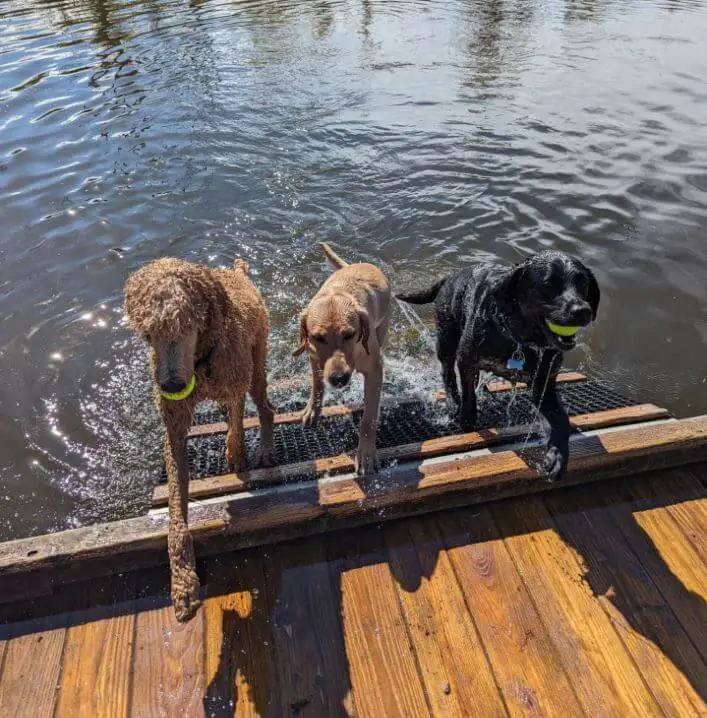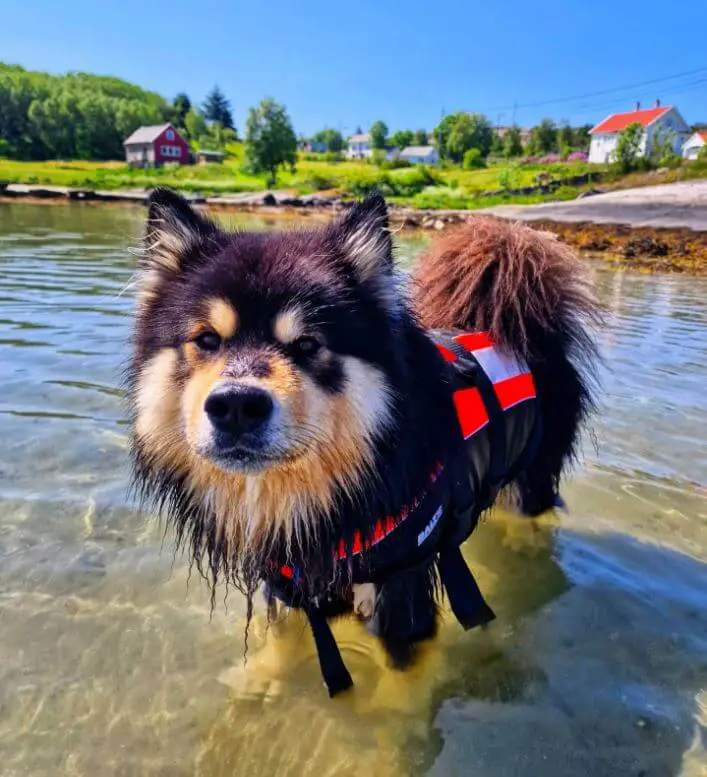Swimming can be a fun and healthy activity for dogs, especially during the hot summer months. However, not all dogs are natural swimmers, and some may need guidance and training to feel comfortable in the water. In this article, we will explore whether all dogs can swim and provide practical tips on how to teach your dog to swim safely.

Can All Dogs Swim?
While many dogs have an instinctual ability to swim, not all breeds are natural swimmers. Some dogs, such as Labrador Retrievers and Newfoundlands, have a natural affinity for water due to their breeding and physical characteristics. However, certain breeds with physical limitations, such as short-legged or brachycephalic breeds, may have difficulty swimming or be more prone to fatigue in the water.
It’s important to note that individual dogs, regardless of breed, may have varying comfort levels and abilities in the water. Some dogs may take to swimming easily, while others may require more patience and guidance.

Teaching Your Dog to Swim Safely:
- Introduce Your Dog to Water Gradually: Start by introducing your dog to shallow water, such as a calm lake or a shallow pool. Allow them to explore the water at their own pace, using positive reinforcement in the form of treats and praise.
- Use a Dog Life Jacket: For dogs who are not strong swimmers or have low buoyancy, consider using a properly fitted dog life jacket. A life jacket provides added safety and support in the water, allowing your dog to gain confidence while swimming.
- Choose Calm and Safe Swimming Areas: Select swimming areas with calm waters and gradual entries to ease your dog into swimming. Avoid strong currents, deep waters, or crowded areas. Fenced pools or designated dog-friendly beaches can be ideal for controlled and safe swimming sessions.
- Support Your Dog: During initial swimming sessions, support your dog by gently holding their body under their belly, providing reassurance and helping them maintain buoyancy. Gradually reduce your support as your dog becomes more comfortable and gains confidence.
- Positive Reinforcement: Use positive reinforcement techniques to encourage your dog’s swimming progress. Reward them with treats, verbal praise, and gentle petting when they exhibit positive behaviors in the water. This will help create a positive association with swimming and motivate them to continue learning.
- Gradual Progression: Gradually increase the depth of the water as your dog becomes more comfortable. Allow them to practice their paddling and gradually encourage them to swim short distances. Always closely supervise your dog while they are in the water.
- Safety Precautions: Ensure your dog’s safety by never forcing them into the water or leaving them unattended. Always be aware of their comfort level and any signs of fatigue or distress. Rinse your dog with fresh water after swimming to remove chlorine or saltwater residues from their coat.
- Seek Professional Help if Needed: If you’re unsure about teaching your dog to swim or if your dog has specific fears or anxieties, consider enlisting the help of a professional dog trainer or a canine hydrotherapy expert. They can provide guidance, training, and ensure a safe learning environment for your dog.

While not all dogs are natural swimmers, with patience, guidance, and proper training, most dogs can learn to swim safely. Introduce your dog to water gradually, use positive reinforcement, and prioritize their safety throughout the learning process. Remember, each dog is unique, so be patient and tailor the training approach to your dog’s individual needs. With time and practice, swimming can become an enjoyable activity for both you and your furry companion.
